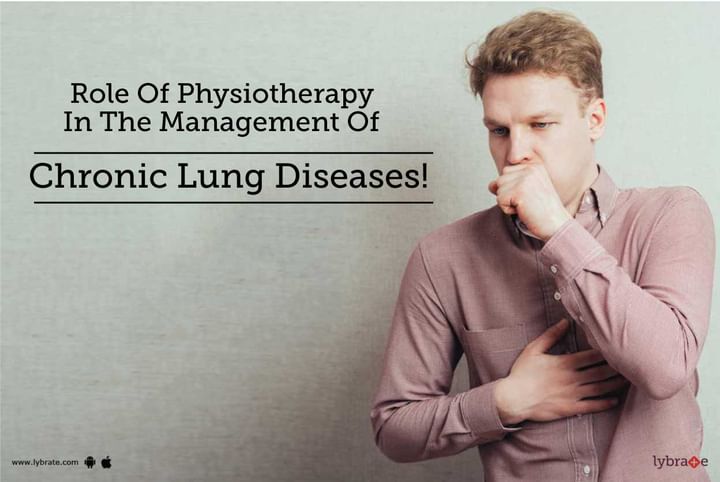Role Of Physiotherapy In The Management Of Chronic Lung Diseases!
Over the last couple of decades, most chronic diseases are being treated by modes other than just medications. Physiotherapy is one such approach, and the success rate has been quite high.
The lungs are extremely vital organs in that they supply oxygen to the entire body, which in turn ensures optimal body functioning. When the ability of the lungs to perform is reduced, which happens in chronic lung diseases, then each organ in the body is affected. Therefore, the lung’s ability should be restored so oxygen supply to all organs is improved.
Symptoms of chronic lung disease:
- Shortness of breath, with even minimal exertion
- Reduced exercise tolerance
- Tightness and fullness in the chest
- Excessive mucus secretion in the lungs
- Wheezing
Smoking is one of the main causes with pollution, dust, ageing, etc. also contributing to reduced lung function.
Physiotherapy aims to improve lung function by a combination of measures
- Improve breathing techniques
- Improve posture
- Improve mucus secretion
- Improve lung capacity
The patient is taught various techniques which help in both chronic cases and in acute exacerbations.
- Posture: In most chronic lung diseases, the patient assumes a stooped posture with bent shoulders. This reduces the capacity of the upper lungs. The patient is made to consciously keep the shoulders upright and arms extended so that the upper lungs are available for breathing. Shoulder, neck, and thorax movements are practiced so that each breathing cycle provides greater ventilation and improves oxygen supply to the body.
- Breathing: The patient is taught to breathe with full force on the diaphragm. This makes the lower chest movements effective and improves ventilation in those areas. The patient is also taught pursed-lip breathing, where forceful expiration is practiced. This again improves lung efficiency. This practice of coordinated breathing helps.
- Posture drainage: With a combination of clapping and shaking, the patient is taught to work on the affected lung areas. This allows for removal of mucus from the lungs, thereby improving lung capacity. The patient may sometimes be required to induce coughing to clear secretions.
- Overall exercise: Though chronic lung diseases reduce overall ability to exercise, the key is to maintain an active lifestyle and practice a regular workout regimen. This ensures ventilation and circulation are maintained at optimal levels. It would be a vicious cycle if a person stops regular exercise due to chronic lung diseases.
Lifestyle changes: In addition to the above physiotherapy, the patient also should quit smoking, reduce exposure to dust and pollution, and use a protective mask when possible. Eating healthy and getting adequate sleep is also essential in the long run.



+1.svg)
